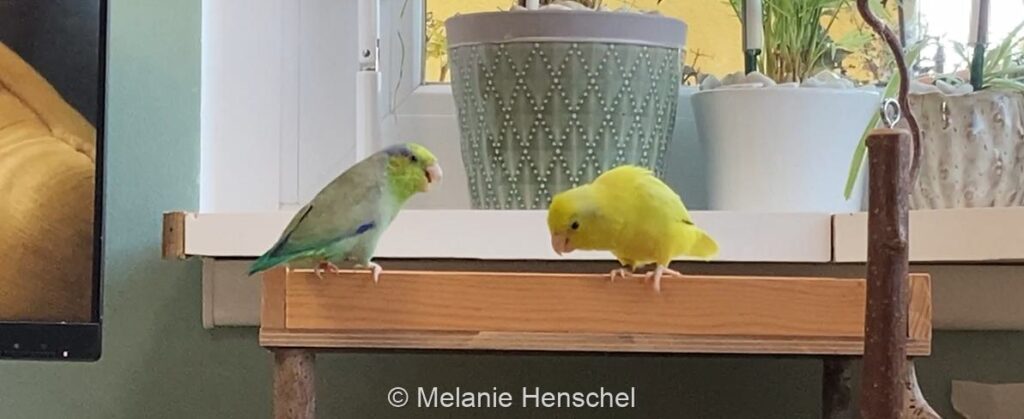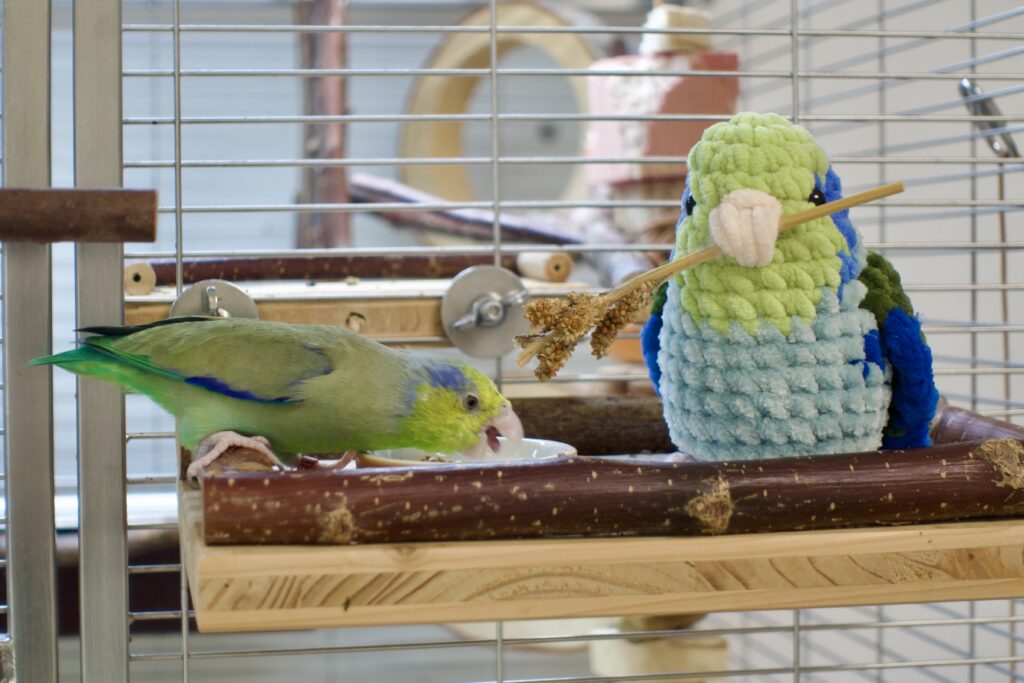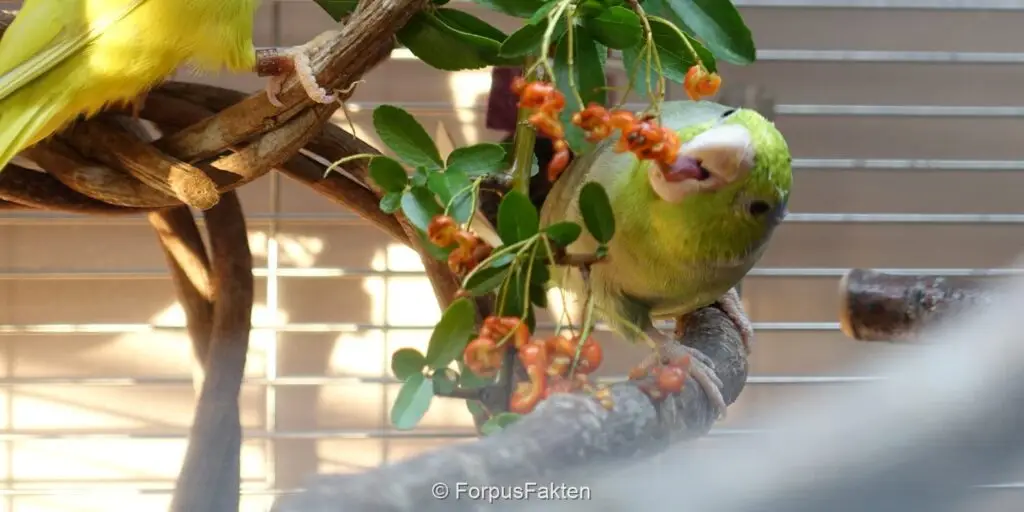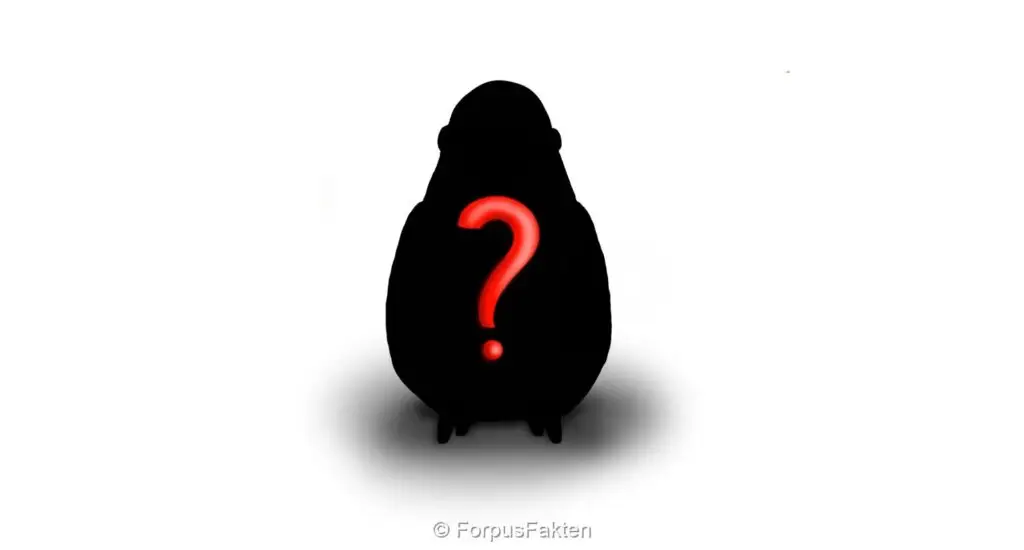If you've had your parrotlets, especially pacific parrotlets, for a while, you will have noticed that they are fighting a lot. Why is that? The reason is, so to speak, the arsenal of weapons available.
Scientific data
One study on different Trichoglossus lorikeets showed that species with larger beaks exhibit more complex aggressive displays (Serpell 1982). The researches interpreted this to mean that bigger beaks can cause more severe injuries which is why conflicts should be contended without using the beak for as long as possible. A species killing one another during every fight about the last seed won't survive very long. Species with smaller, less dangerous beaks can afford to beat each other up a little without being seriously injured.
Something similar can be observed in the closely related Kea and Kaka. Though Keas have intimidating beaks, they have a much lower bite force than the related Kakas. The reason for this is that Keas live in the mountains and are therefore opportunistic omnivores who have a "multi tool" for a beak. Kakas on the other side live in forests and mainly eat fruits and seeds which have to be peeled and cracked open for which they need a stronger beak. If you compare both species, you can see that Kakas exhibit more bite inhibition dealing with each other than Keas do. In juveniles playing with each other, this can be observed especially well (or felt as a naive intern, ouch!). Keas properly nip each other without ever drawing blood (at least not with conspecifics), Kakas instinctively inhibit their strong bite, so play can remain playful.
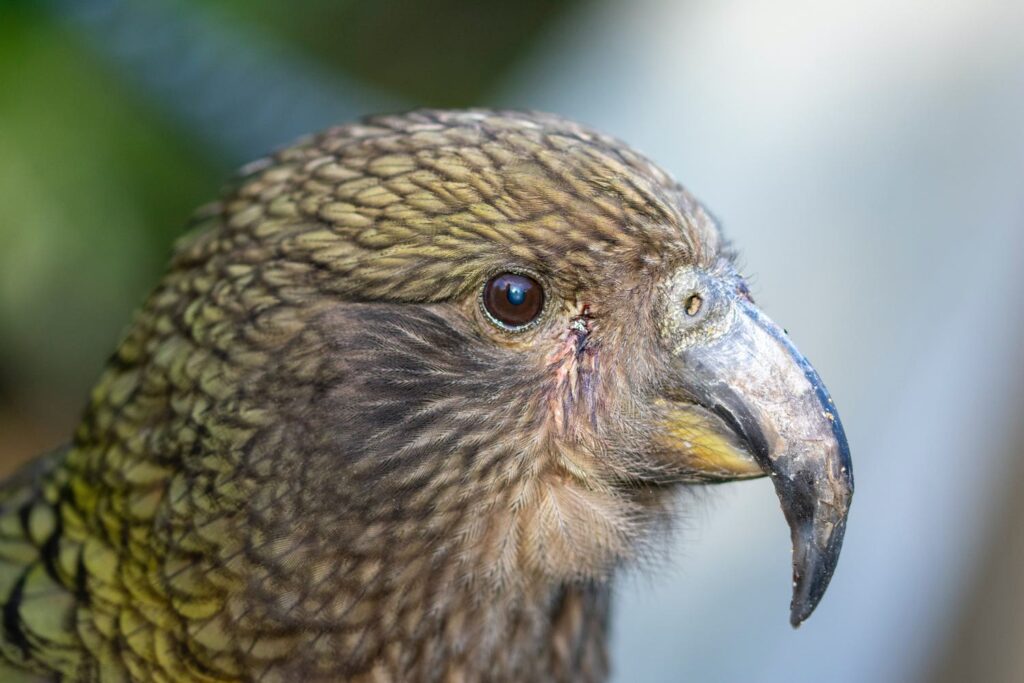
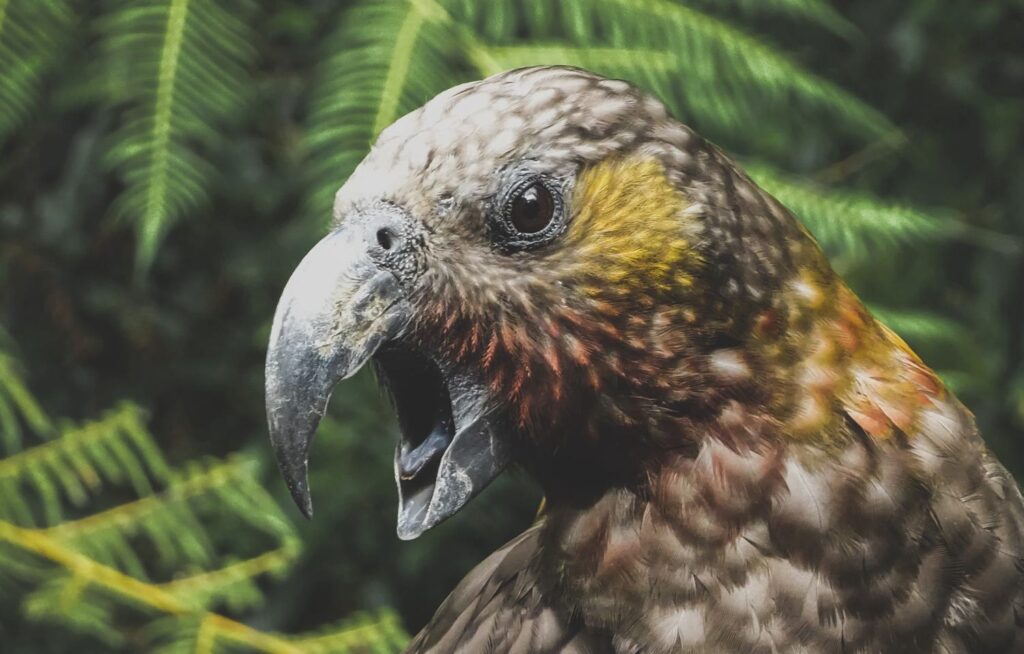
Transfer to parrotlets
If you transfer these findings to our parrotlets, a picture forms. Although all parrotlet species have large beaks relative to their body size (noticeable in comparison to budgies), as seed and berry eaters they don't need nor have much bite force. In addition, a small bird's beak is still small in absolute terms. That may be why, compared to other parrot species, you can observe relatively little ritualized aggressive displays when parrotlets fight, mostly they directly hack, peck and bite. Though parrotlets are known to bite off other birds' toes, bloody, let alone life-threatening injuries hardly ever occur during typical marital spats.
Observing Amazon parrots, cockatoos or other parrots with large nutcracker beaks, for instance, you can see much more complex aggressive displays. They ruffle feathers, fan out tails and growl with lowered bodies. Such so-called ritualized behaviour can be observed to a much lower degree and with less complexity in parrotlets.
So now we know why parrotlets fight so much. Because they can.
You want to know more about parrotlet personality now? Have a look at the species blog post and the species encyclopedia.
You want to know more about what agressive behaviour looks like in parrotlets? Browse the behaviour encyclopedia!
Sources
Alan B. Bond & Judy Diamond: Thinking like a Parrot – Perspectives from the Wild. The University of Chicago Press, Chicago and London 2019, ISBN 978-0-226-24878-3.
Andrew U. Luescher: Manual of Parrot Behavior. Blackwell Publishing 2006, ISBN 978-0-8138-2749-0.
James A. Serpell (1982): Factors influencing fighting and threat in the parrot genus Trichoglossus. Animal Behaviour 30.4: 1244-1251. https://doi.org/10.1016/S0003-3472(82)80217-0

